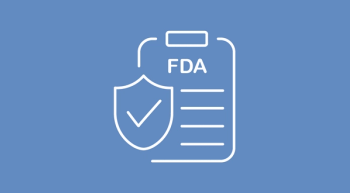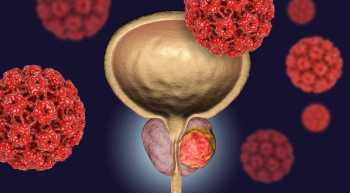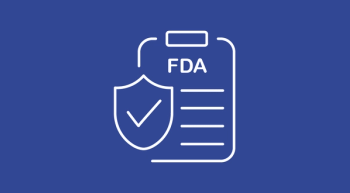
The FDA approved tovorafenib for certain patients with relapsed or refractory pediatric low-grade glioma.

The FDA approved tovorafenib for certain patients with relapsed or refractory pediatric low-grade glioma.

Lutetium Lu 177 dotatate was approved by the FDA for children aged 12 years and older with somatostatin receptor-positive gastroenteropancreatic neuroendocrine tumors.

Patients with BRCA wild-type triple-negative breast cancer treated with olaparib on a gap schedule with chemotherapy did not experience improved responses compared with chemotherapy alone in the neoadjuvant setting.

Nogapendekin alfa inbakicept-pmln has been approved for use with BCG for the treatment of BCG-unresponsive non-muscle invasive bladder cancer with carcinoma in situ, with or without papillary tumors.

All patients treated with CAR T-cell products are recommended to be monitored life-long for the risk of secondary malignancy, according to the FDA.

Patients with head and neck squamous cell carcinoma treated with atezolizumab after definitive local therapy did not see improvements in survival outcomes.

Fast track designation has been granted by the FDA to PT217 for extensive stage small cell lung cancer with disease progression.

Patients with locally advanced or metastatic urothelial cancer treated with enfortumab vedotin plus pembrolizumab experienced a reduction in the risk for disease progression or death vs chemotherapy.

Patients with high-risk resectable melanoma treated with ipilimumab plus nivolumab had increased response rates compared with anti-PD1 monotherapy, though it was also associated with increased immune-related adverse effects.

Zanubrutinib to treat chronic lymphocytic leukemia or small lymphocytic lymphoma was linked with fewer cardiac adverse effects compared with ibrutinib and acalabrutinib.

Alectinib was approved for the treatment of patients with ALK-positive non-small cell lung cancer after surgical resection.

Sarah Montini, BSN, RN, OCN, provides an in-depth look at abemaciclib for the treatment of patients with breast cancer in a downloadable reference sheet.

The optical imaging agent Lumisight and the Lumicell Direct Visualization System received approval from the FDA for fluorescence imaging in breast cancer.

A tiered level preceptor recognition program offers a cost-effective organizational intervention designed to acknowledge and incentivize the contributions of advanced practice preceptors.

The FDA granted tamibarotene plus azacitidine and venetoclax fast track designation for the treatment of newly diagnosed, unfit, RARA-overexpressed AML.

Superior 3-year survival outcomes were observed with durvalumab plus chemotherapy compared with chemotherapy alone in patients with advanced biliary tract cancer.

Breast-conserving therapy following preoperative systemic therapy resulted in superior overall survival compared with mastectomy in patients with HER2-positive breast cancer.

Oncology nurses play a vital role in informing patients about the importance of molecular testing and brain imaging in EGFR-mutated lung cancer.

The FDA’s Oncologic Drugs Advisory Committee voted in favor of minimal residual disease as an end point to support accelerated approval of multiple myeloma treatments.

Patients with renal cell carcinoma who did not undergo surgical resection and were treated with stereotactic ablative body radiotherapy experienced high local control rates with an acceptable side effect profile.

Patients with metastatic microsatellite stable colorectal cancer treated with a personalized neoantigen cancer vaccine after chemotherapy demonstrated an early trend towards a progression-free survival benefit.

Advanced care planning can benefit both the patients with cancer and the oncology nurses who work in intensive care units, as it may potentially reduce stress and moral distress.

Over the last 5 years, 57% of drugs approved by the FDA for a cancer-related indication did not show a clinical benefit in confirmatory studies.

One expert explains the importance of deciphering the data obtained through wearable technology while aiming to avoid data fatigue in oncology nurses.

Patients with gastric/GEJ adenocarcinoma treated with cadonilimab plus oxaliplatin and capecitabine obtained a survival benefit regardless of PD-L1 expression.

The journey toward vicarious resilience is not only possible but essential—for ourselves, our patients, and it is the very essence of health care.

Genetic testing decisions in patients with cancer may be affected by significant out-of-pocket costs.

Oncology nurses provide patients with lung cancer the education and empathy needed to navigate treatment options and adverse event management.

Compared with docetaxel, adagrasib improved progression-free survival and objective response rate in patients with pretreated KRAS G12C–mutant non–small cell lung cancer.

Significant advances have been made in diagnosing and treating bladder cancer, allowing for improved patient outcomes.